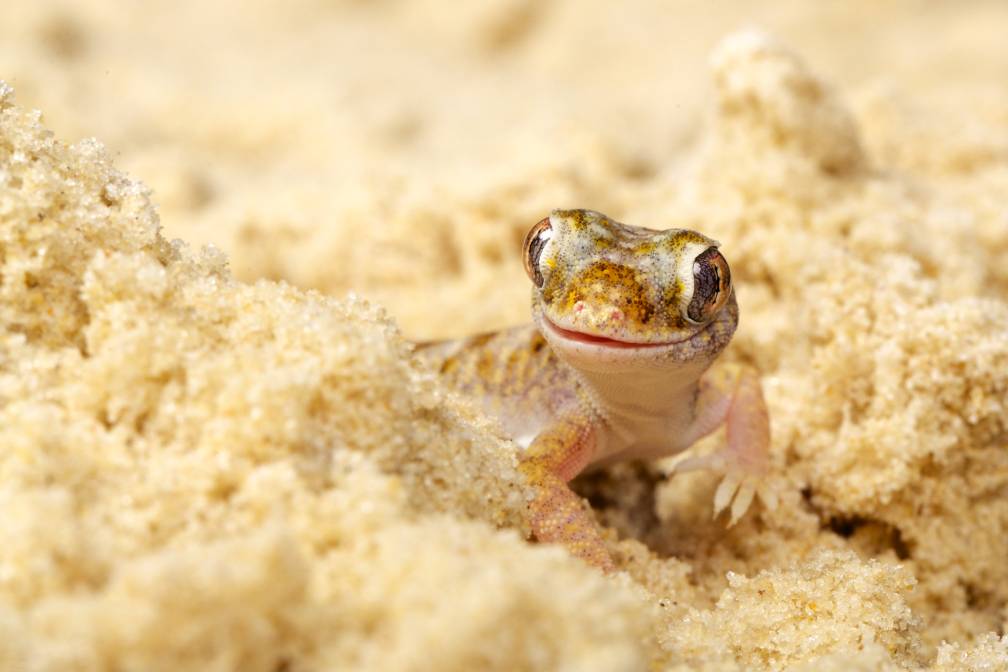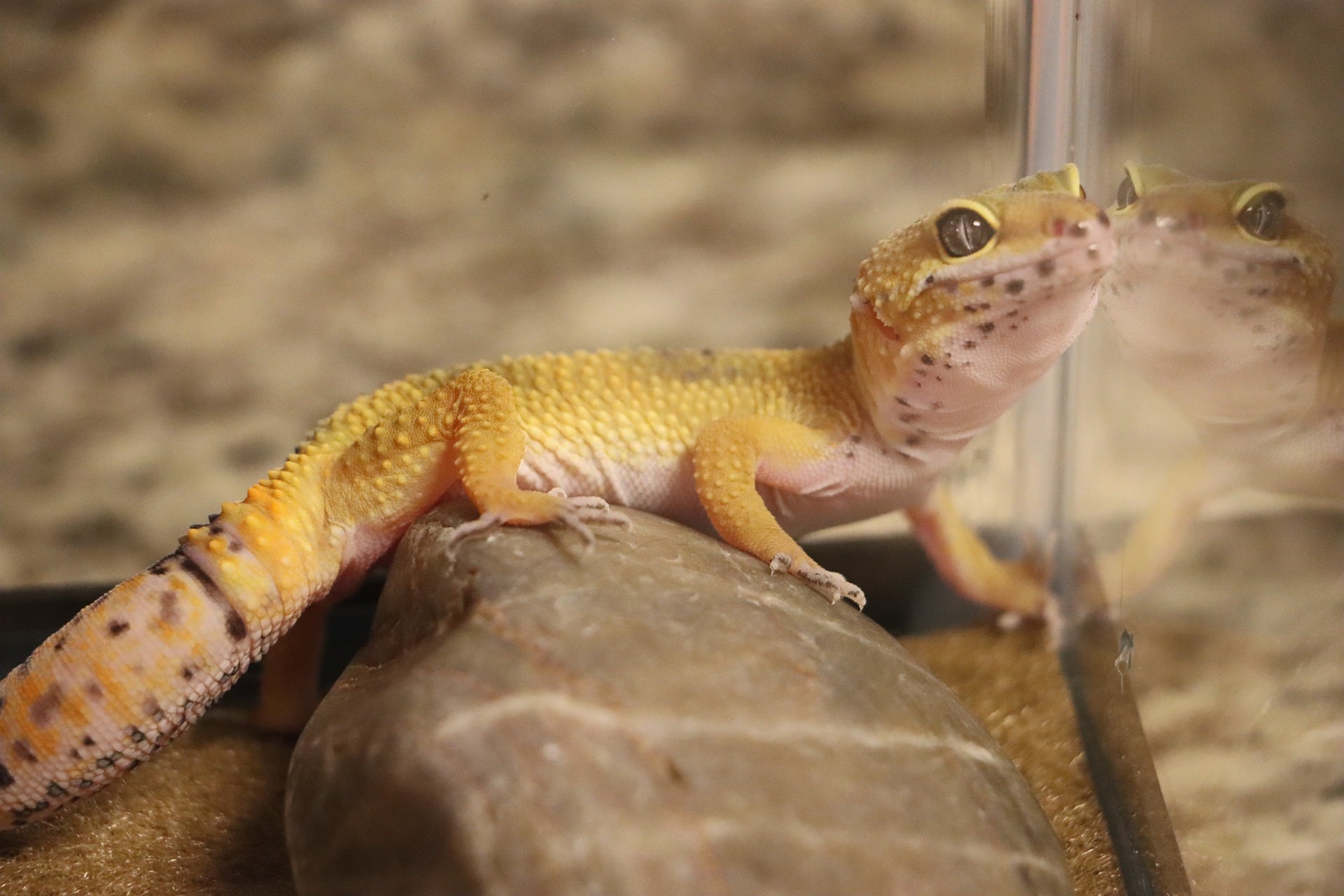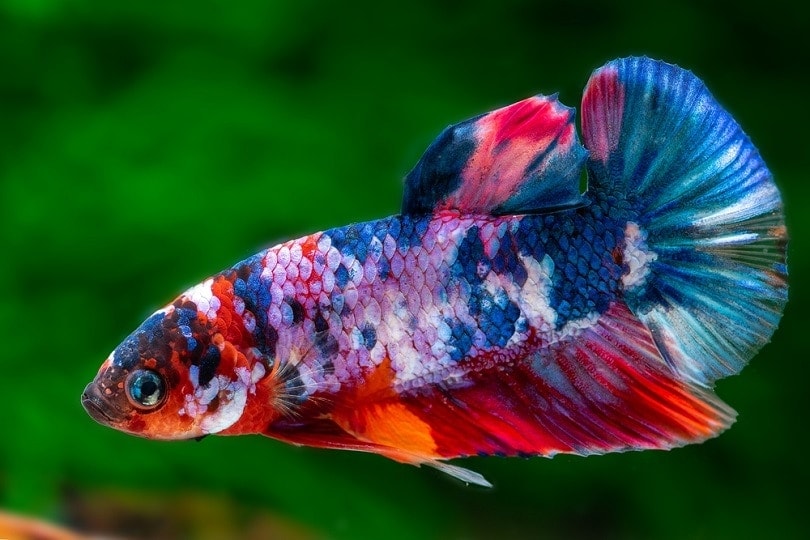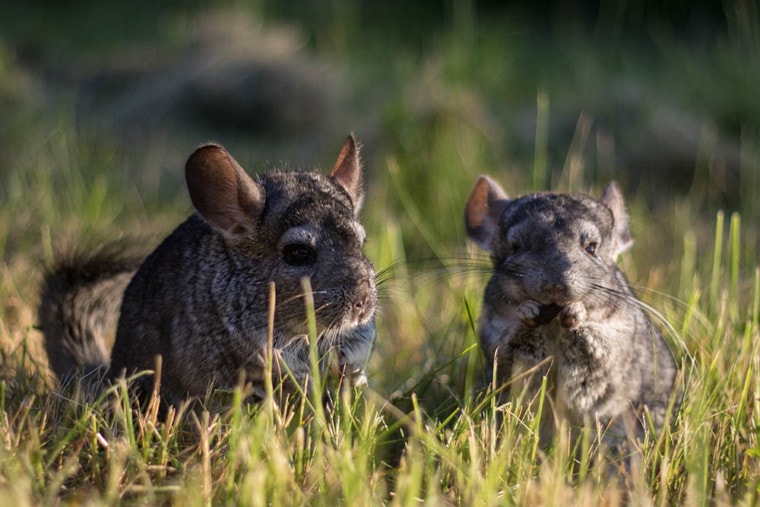
Allergy sufferers know that pet ownership can be a challenge, but it doesn’t have to be impossible. Although no pet may be truly hypoallergenic, there are plenty of pets that are less likely to trigger your allergies than others. Just remember that how allergy-friendly a pet is depends a lot on the severity of your allergies. Here’s a list of 10 allergy-friendly pets:
The 10 Allergy-Friendly Pets
1. Hairless Rats

| Difficulty level: | Beginner |
| Lifespan: | 2-3 years |
| Allergen Level: | Low |
| Safety concerns: | Watch for bites |
| Average monthly cost: | Low |
Hairless rats are a unique pet option that comes in a variety of colors. Hairless rats are gentle, and affectionate and make great pets for houses with allergies. As their name suggests, they have no fur (or very little), thus reducing the allergen levels in your home. However, they do still require regular grooming as their skin needs to be kept clean.
2. Hairless Cats
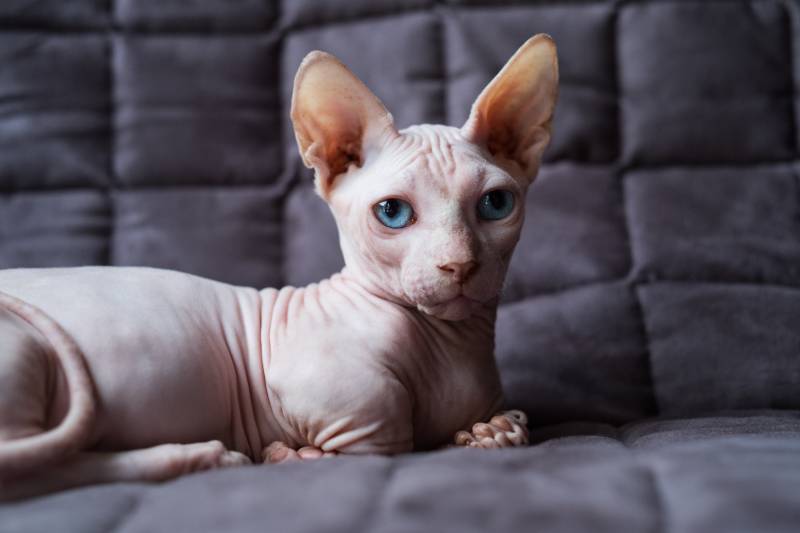
| Difficulty level: | Moderate |
| Lifespan: | 8-12 years |
| Allergen Level: | Low |
| Safety concerns: | Watch for bites and scratches |
| Average monthly cost: | Medium |
Hairless cats are an excellent choice for people with allergies who love the idea of having a feline companion. These cats come in many colors and textures, and they love to play with their humans. They do still require some grooming, as their skin needs to be kept clean, but it’s much less than that of furry cats. Also be aware that hairless cats will still produce dander, which is the main cause of cat allergies.
3. Chinchillas

| Difficulty level: | Intermediate |
| Lifespan: | 10-15 years |
| Allergen Level: | Low |
| Safety concerns: | Cannot be handled roughly, Watch for bites |
| Average monthly cost: | Moderate to High |
Chinchillas are small rodents with thick fur coats that make them look like tiny teddy bears. Chinchillas don’t shed, so there is a very low chance of them triggering your allergies. They are also social animals that thrive on human interaction, making them suitable for households with children. However, they are considered exotic pets and may be expensive or hard to find.
4. Bearded Dragons
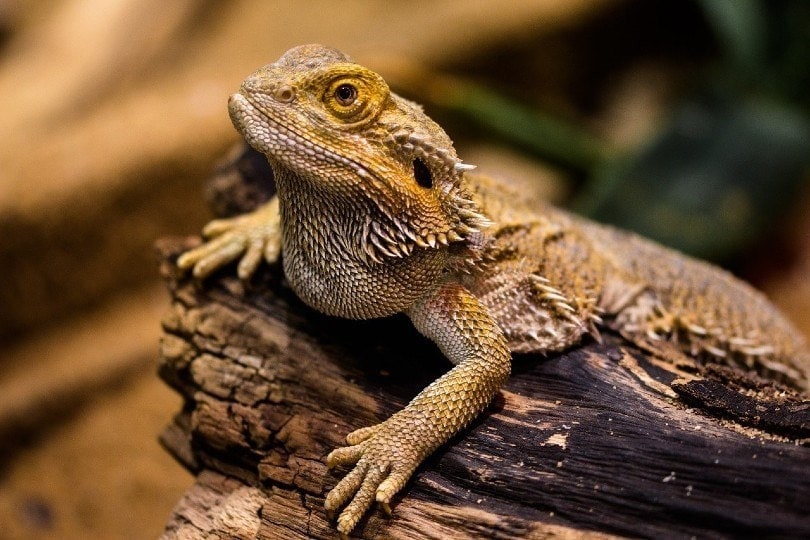
| Difficulty level: | Intermediate |
| Lifespan: | 8-10 years |
| Allergen Level: | Low |
| Safety concerns: | Watch out for bites and small pieces of debris in the terrarium |
| Average monthly cost: | Moderate to High |
Bearded dragons make fun, affectionate pets and they don’t trigger allergies. Bearded dragons require a terrarium with adequate UV light exposure and a temperature range between 75-85F (24-29C). They enjoy being handled and are very low maintenance.
5. Hedgehogs
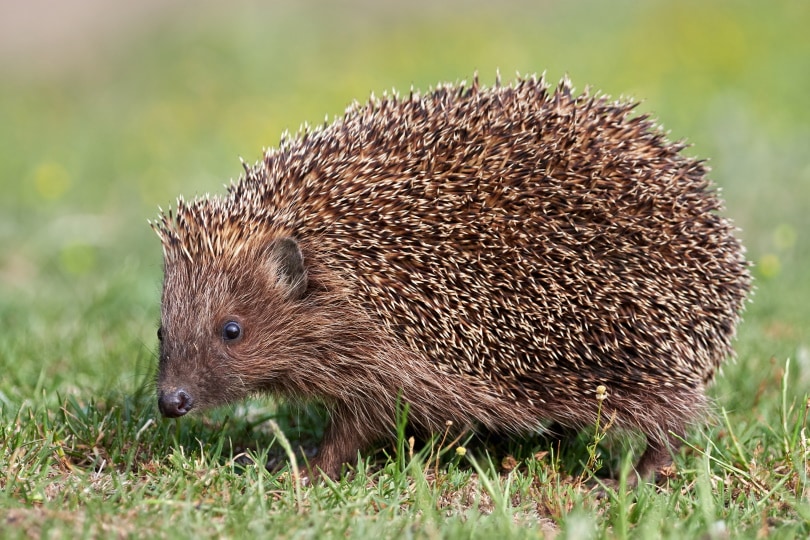
| Difficulty level: | Beginner |
| Lifespan: | 4-6 years |
| Allergen Level: | Low |
| Safety concerns: | Watch for bites and spines |
| Average monthly cost: | Moderate to High |
Hedgehogs are a great pet option for those with allergies as they have very little dander, which is one of the biggest triggers of allergies. They are also relatively low maintenance pets that will love being around you and being handled. However, they do require special housing and a nocturnal lifestyle, so it’s important to be prepared for that if you choose to get a hedgehog as a pet. Also be aware that it is illegal to own a hedgehog in certain places, so make sure you check on local and state laws before getting one.
6. African Dwarf Frogs

| Difficulty level: | Beginner |
| Lifespan: | 3-5 years |
| Allergen Level: | Low |
| Safety concerns: | Watch out for bites and ensure proper filtration of tank water |
| Average monthly cost: | Low |
African Dwarf Frogs are small aquatic frogs that make great pets for people with allergies. They require a tank that is kept clean, and they also need to be fed live or frozen food. Although they can’t be handled like other pets, they still enjoy the company of their humans and will appreciate being watched.
7. Sugar Gliders

| Difficulty level: | Intermediate |
| Lifespan: | 10-15 years |
| Allergen Level: | Low |
| Safety concerns: | Watch out for bites and monitor activity levels |
| Average monthly cost: | Moderate to High |
Sugar gliders are marsupials that are related to kangaroos. They have very little fur and produce minimal dander, making them an excellent pet option for those with allergies. Sugar gliders are quite active pets and require a large cage to roam freely in as well as regular handling and socialization. Sugar gliders are illegal in Alaska and California, but otherwise there are very few rules regarding ownership.
8. Red Eared Sliders
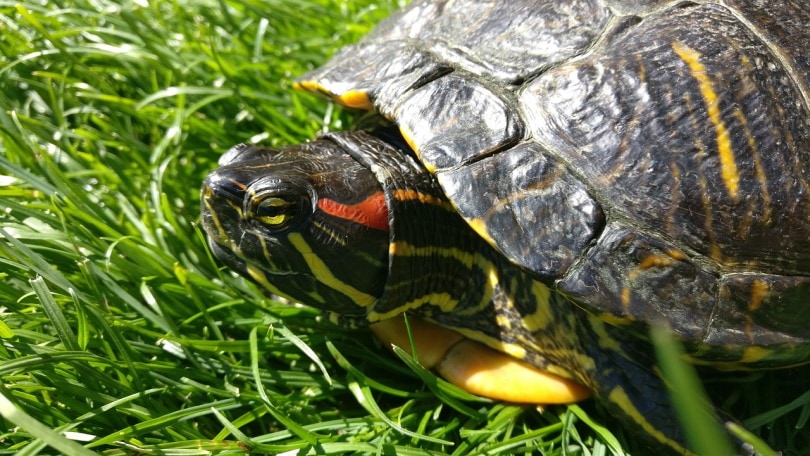
| Difficulty level: | Beginner |
| Lifespan: | 10-20 years |
| Allergen Level: | Low |
| Safety concerns: | Watch for bites and ensure the water is clean and well-filtered |
| Average monthly cost: | Moderate to High |
Red Eared Sliders are semi-aquatic turtles that make excellent pets for those with allergies. They require a tank with clean, filtered water and regular feedings of pellets, crickets, and other protein sources. They also enjoy being handled and will quickly become your loyal aquatic companions.
9. Guinea Pigs
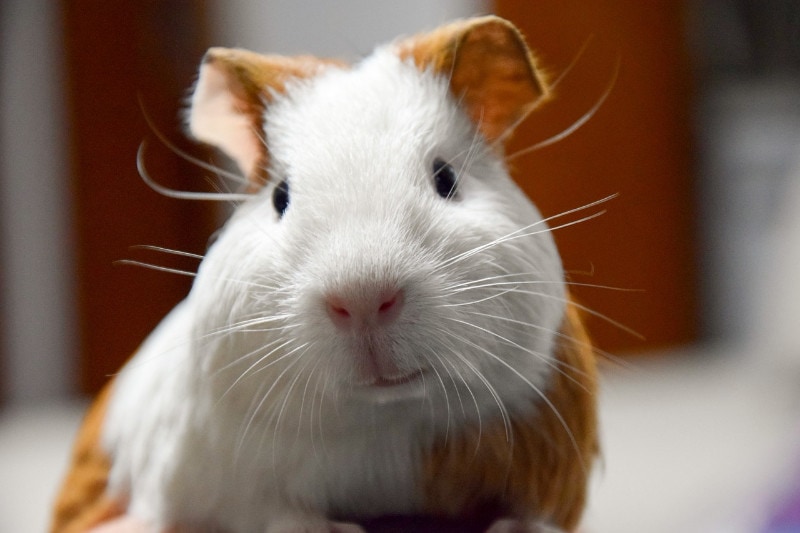
| Difficulty level: | Beginner |
| Lifespan: | 5-7 years |
| Allergen Level: | Low |
| Safety concerns: | Monitor activity levels and watch out for bites |
| Average monthly cost: | Low to Moderate |
Guinea Pigs are social animals that enjoy being held, making them an excellent pet choice for those with allergies. They require a large cage, bedding, and hay as well as regular feedings of fresh vegetables. Guinea pigs are low maintenance pets that are sure to bring joy to your home.
10. Hamsters
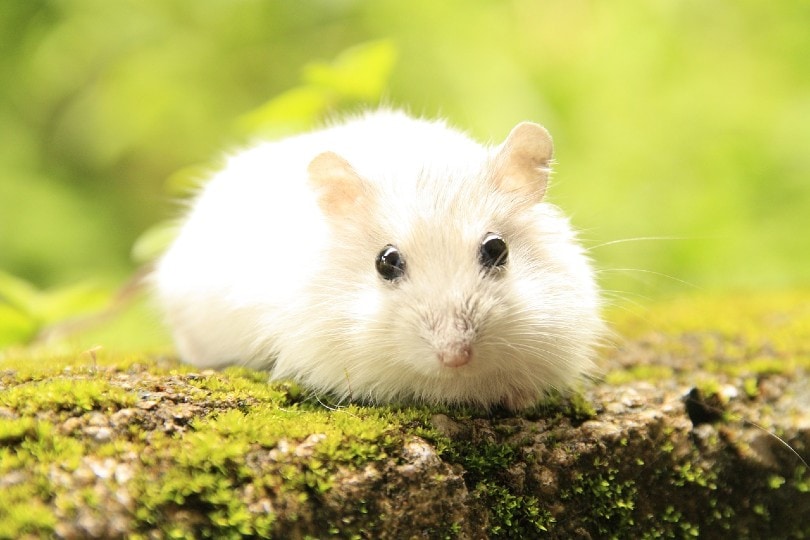
| Difficulty level: | Beginner |
| Lifespan: | 2-3 years |
| Allergen Level: | Low |
| Safety concerns: | Monitor activity levels and watch out for bites |
| Average monthly cost: | Low to Moderate |
Hamsters make great pets for those with allergies as they produce minimal dander and are relatively low maintenance. They require a cage with plenty of bedding, toys for playtime, and regular feedings of fresh vegetables. Hamsters also love being handled and make great companions for those who want an active pet to keep them company.
Pet Allergy FAQs
What are the most common pet allergies?
The most common pet allergies are caused by dander, saliva, and urine from cats, dogs, birds, rodents, and other animals. Allergens can also come from pollen or molds that have been carried inside on fur or feathers.
How do I know if my pet is causing me allergies?
If you are experiencing allergy symptoms, such as sneezing, coughing, itchy eyes, or a runny nose after being in contact with your pet, then it may be the cause of your allergies. If the symptoms persist even after avoiding contact with the animal, it’s best to talk to an allergist for more information.
What can I do to reduce my exposure to pet allergens?

You can reduce your exposure to pet allergens by using air filters and vacuuming regularly. You should also bathe or groom your pets at least once a week and avoid letting them roam around the house unsupervised. Additionally, you should keep them out of your bedroom and away from upholstered furniture to prevent the spread of dander.
Are there pets that are hypoallergenic?
There are some breeds that tend to produce less dander than others, such as Poodles, Maltese, Schnauzers, and Siberian cats. However, no pet is completely free of allergens, and you should still take precautions to reduce exposure if you decide to get one of these breeds.
What are the most common symptoms of pet allergies?
The most common symptoms of pet allergies include sneezing, coughing, itchy eyes or nose, runny nose, shortness of breath or wheezing. These can range from mild to severe and may worsen with prolonged exposure to the allergens.
What should I do if my pet is causing me severe allergies?
If your pet’s allergens are causing you severe reactions, it’s best to avoid contact with them as much as possible. If this isn’t possible, then talk to an allergist who can help you manage your symptoms and advise on potential treatments such as immunotherapy or antihistamines.
Conclusion
As you can see, there are a variety of pets that you can choose from if you suffer from allergies. Whether you want something low maintenance like a hamster or a bit more active and interactive like a sugar glider, there is something out there for everyone! With the proper care and attention, you can have a fun pet companion that also won’t cause your allergies to act up.
Featured Image Credit: PawelPonichtera, Shutterstock


